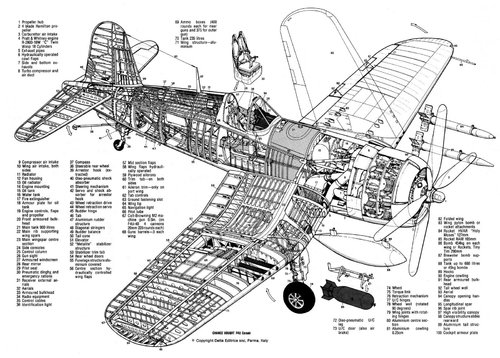alfakilo
ACCESS: Confidential
- Joined
- 18 October 2009
- Messages
- 74
- Reaction score
- 14
Bill Walker said:The proper response to a bounce seems a little counter-intuitive, and takes some training and a steady head. After the first bounce you abandon the landing. Slowly open the throttle, and apply some forward stick to keep the fuselage level and allow speed to build up. When you can determine that the elevator, rudder and ailerons are effective, gradually add more power. Fly away, go around, and try again.
Good advice for any go around, any airplane.












